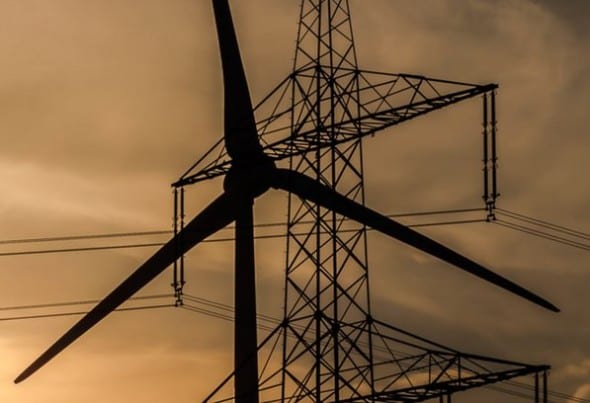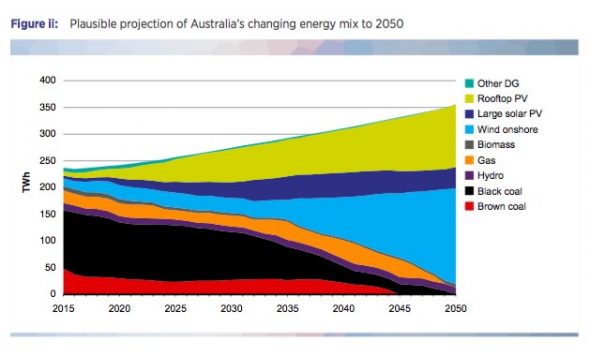Large energy users, battery storage developers and some small energy retailers are pushing for a change in energy market rules that could have dramatic consequences for the industry – levelling the playing field for battery storage, lowering prices for consumers, and wresting control of the energy markets from the big generators.
Soaring wholesale prices have become a major issue in Australia in recent months, defying logic (analyst David Leitch has described them as absurd), and raising concerns among many energy consumers.
The finger has been pointed at the bidding patterns of some major generators, which is one of the main reasons why the South Australian government wants to build a new cable to the eastern states, because it says it has “lost control” of energy pricing. (Although some media chooses to blame renewables).
The proposal to change a relatively obscure rule in the running of the energy markets is seen as an opportunity to wrest control from big, bulky, slow-response generators and encourage smarter, smaller, fast-response distributed generation, particularly battery storage and software for energy management systems.
The proposal comes from zinc smelter operator Sun Metals, which has asked the Australian Energy Market Commission to change the rule. Currently, pricing is set every five minutes, but financial settlement is made only every 30 minutes. Even the AEMC admits that this can distort the market, and push up prices unnecessarily.
An example is illustrated in the graph below, which explains why operators of big generators, particularly gas or diesel-fired peaking plants, may object to the rule change.

Continue reading “Battle royale brews over battery storage and control of energy markets” →









